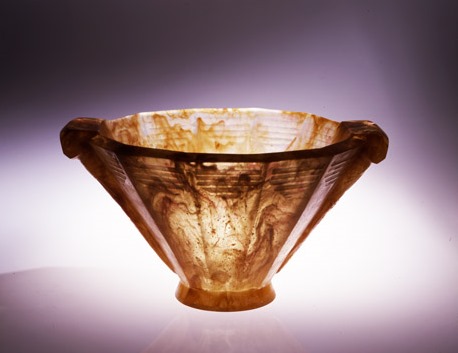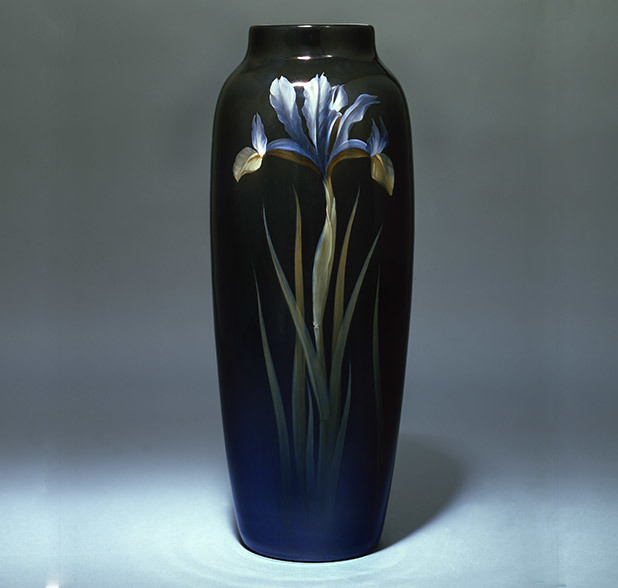On February 22, 2017, the Newark Museum will open a provocative exhibition titled "When Objects Became Art," which presents early twentieth-century glass and ceramic works from its private collection to foster a new understanding of the dividing line between decorative and fine art.
While other museums drew sharp distinctions between decorative and fine artwork in the early 20th century, the Newark Museum has been unique in taking a different approach, according to Ulysses Dietz, the institution's chief curator. Since it starting collecting objects in 1912, New Jersey's largest art museum has included major pieces in modern glass history, such as work from the 1929 International Ceramics and Glass exhibition at the Bamberger’s Department Store without categorizing it.
The "When Objects Became Art" exhibition will pay homage to how original curators at Newark Museum defined glass and ceramic art, unwilling to disqualify functional objects as other institutions did.
“A [beautiful] glass object is not just a vase or a bowl, but a work of art,” Dietz said in a telephone conversation with the GLASS Quarterly Hot Sheet. “This was a radical idea in the twentieth-century and we were the first museum to emphasize this idea.”
In the past, the idea of showcasing decorative and functional works as fine art was unheard of. As large scale museums highlighted paintings Picasso and Monet, curators at the New Jersey institution embraced craft as art, and this was before the craft movement, Dietz said.
Glass art and decorative objects will be exhibited in one of the small galleries at the museum. According to Dietz, the exhibition space will be full and curated to highlight the beauty of each object.
For example, there will be a silver tea set sitting on a coffee table, which are both functional, Dietz said. “But their craftsmanship and their aesthetic transcends their function without denying it.”
The exhibition will include major glass works, such as a cast bowl made by François Décorchemont in 1929 (pictured) and a piece by Peter Voulkos.

Adjacent to "When Objects Became Art" exhibition will be, "American Craft: A Newark Museum Sampler", which shows glass and ceramics with the addition of furniture and silver. This exhibition focuses on American craft created in the past 25 years and looks at the art in its diversity, according to Dietz.
The goal of these upcoming exhibitions is to recount the history of Newark Museum and its definition of decorative art. Objects, whether functional or decorative, often encounter the line between craft and fine art, but the definition is clear at Newark Museum.
When a piece of glass sculpture reads as a vessel, but is not meant to be functional, the object becomes art, Dietz said. “Even if its just beautiful, that's enough to make something a work of art.”
IF YOU GO:
"When Objects Become Art" OPENING: February 22, 2017 (On long-term view) Newark Museum/Walter Scott Lenox Pavilion, 1st-floor, North Wing 49 Washington Street, Newark, NJ 07102-3176 Tel: 973.596.6544 Website




